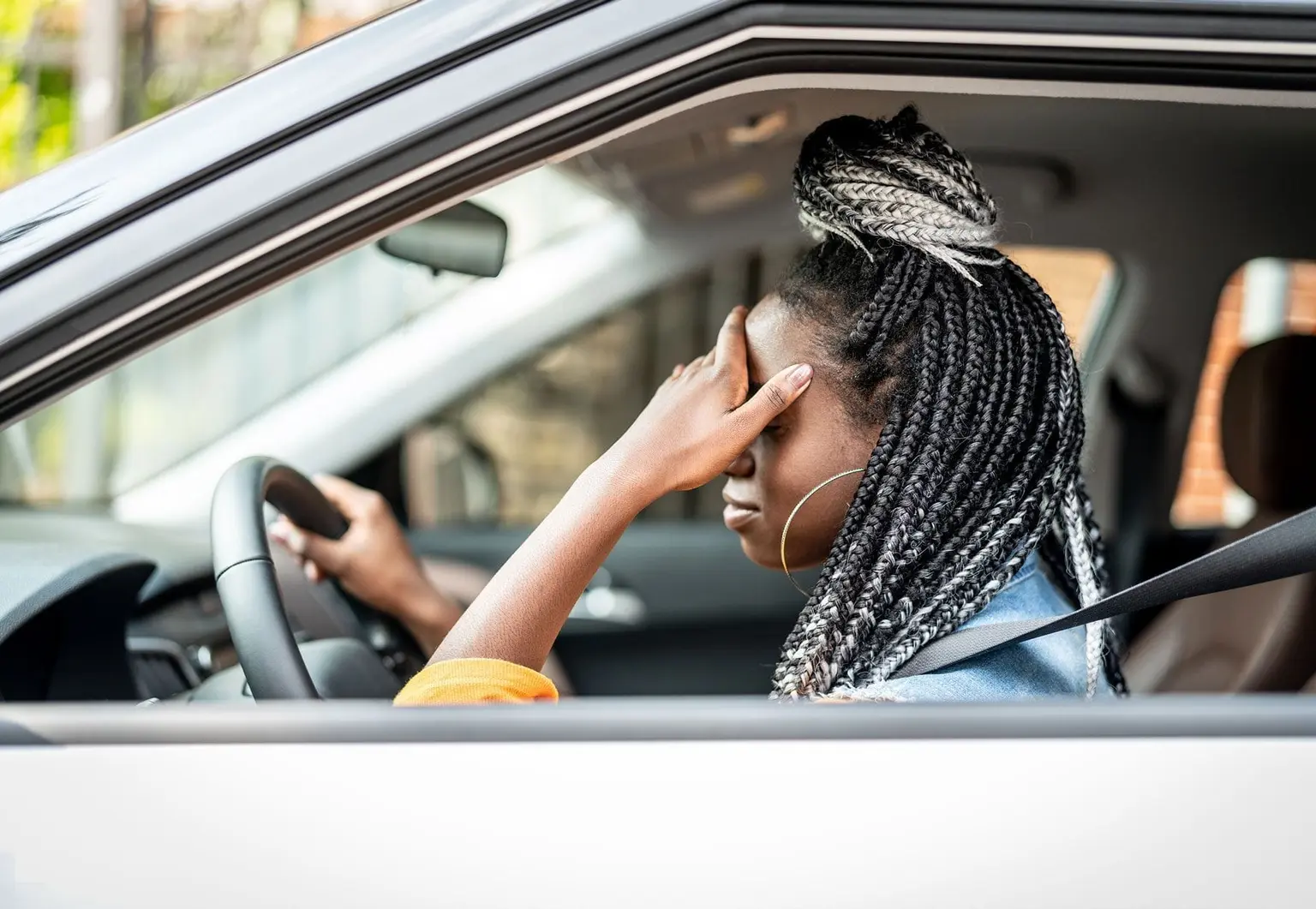Not sure what to do after a car accident in South Africa? Learn the 10 essential steps, including who to call, what to photograph, when to contact the police, and how to report it to your insurer.
It’s easy to lose your cool when you’ve been involved in an accident. What should you do? Who should you call? And how many tow trucks are about to show up? Not to worry, we’ve got a few helpful hints to keep you calm, collected, and safe.
1. Stop, stay calm, and make the area safe
Pull over safely, turn off your engine, and switch on your hazards. If you have a warning triangle, place it about 45 metres behind your car to alert other drivers. Take a few deep breaths. Staying calm helps you think clearly and act safely.
2. Check for injuries and call for help
Look around for anyone who may be injured, in your car or others. If someone is hurt, call 112 from your cellphone or ask someone nearby to get medical help. Your insurer’s emergency roadside assistance can also help get an ambulance on the scene, they’re available 24/7. Don’t try to move anyone who’s injured unless there’s an immediate danger, like a fire.
3. Don’t move injured people or your car unless it’s unsafe
If your car is blocking traffic or posing a danger, you can move it to the side of the road once it’s safe to do so. Otherwise, leave everything as is until the police or emergency services arrive.
4. Call the police, especially if anyone’s injured
If someone’s been hurt, or if public property or another vehicle was damaged, you’ll need to report the accident. This will also be needed if an offence has been committed or if a state vehicle or property has been damaged. In these situations, you need to stay on site until a police officer has dismissed you. Call 10111 and wait for an officer to arrive and give you a case number. You’ll need this for your insurance claim.
5. Check if your car is safe to drive
Have a quick look at your car. Are there any leaks, loose parts, or deployed airbags? If you’re unsure whether it’s roadworthy, rather don’t take the risk. Call your insurer’s roadside assistance or towing service.
6. Use your insurer’s towing service, not random tow trucks
Tow truck drivers often show up within minutes, and some can be pushy. It’s easy to feel pressured, but don’t hand your car over to the first one who arrives, even if they claim to be from your insurer. Call your insurer directly to request their authorised towing service and confirm the driver’s name, company, and truck registration before handing over your keys.
7. Take photos of everything
Your phone is your best tool at the scene. Take pictures of all vehicles involved, number plates, license disks, street signs, and any visible damage. You can even photograph driver’s licenses and ID numbers (with permission). Your memory of the incident may become a bit fuzzy once the initial shock wears off, but your phone will remember important details weeks after the incident.
8. Gather names, numbers, and witness info
Write down the names, contact details, and ID numbers of everyone involved, including passengers and witnesses. These details will help if your insurer needs to recover damages from another driver later on.
9. Look for cameras nearby
Check if there are CCTV cameras, dashcams, or security cameras pointing toward the scene. Take a photo of their location so your insurer can request the footage if needed.
10. Report the accident and tell your insurer immediately
If someone was injured or property was damaged, you’re legally required to report the accident to the police within 24 hours. Take a picture of the completed report and case number for your records. Then call your insurer and share all your details, photos, and documents to get your claim started quickly.
Accidents are stressful, but knowing what to do can help you handle them like a pro. Stay calm, stay safe, and remember that your insurer’s emergency line is there for a reason.
If you’re not yet covered, it’s worth finding out how car insurance can protect you when the unexpected happens. You can get a quick, personalised quote in minutes with Naked Car Insurance.
